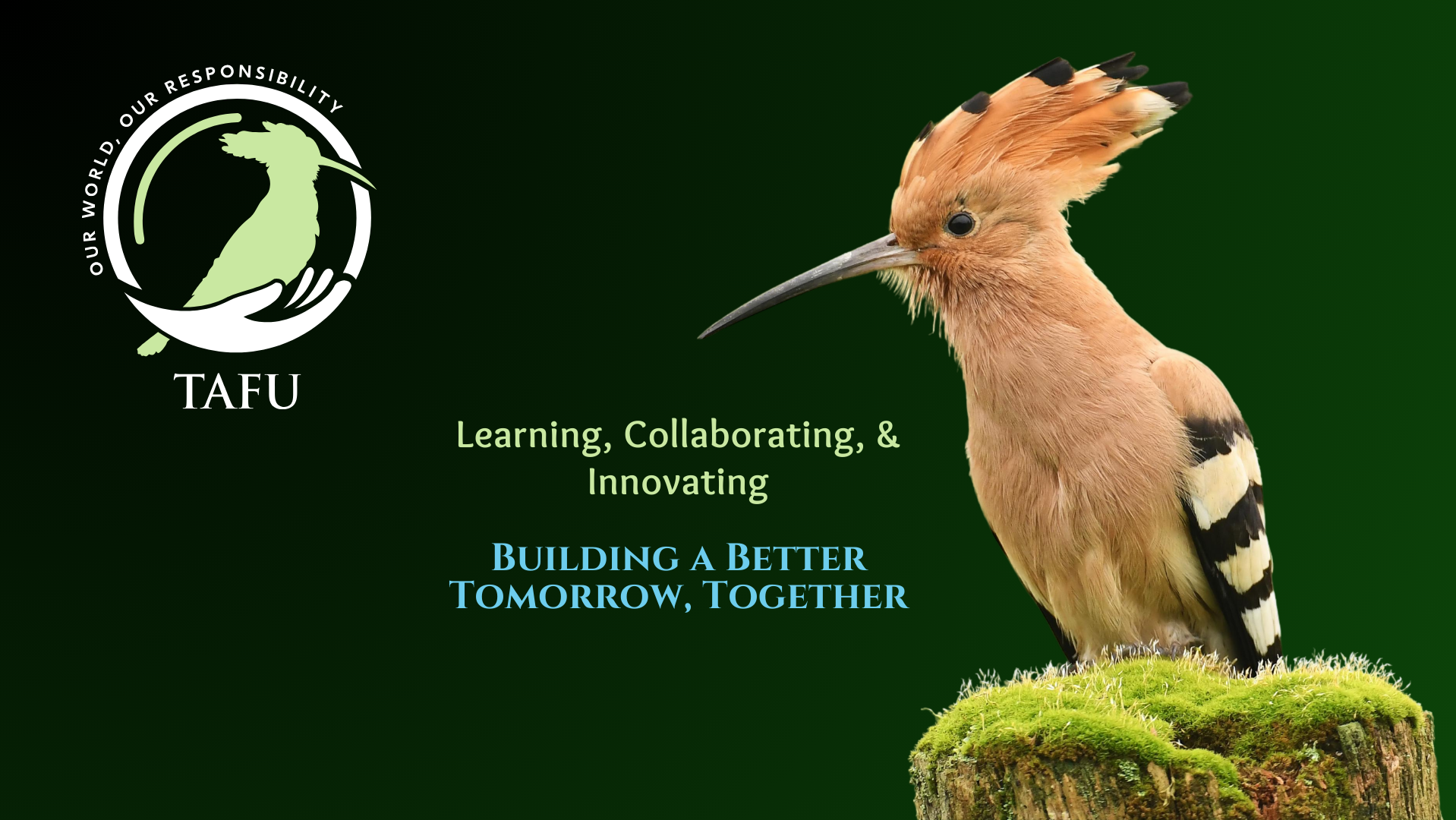Cuckoo Bee
This week, we’re meeting one of nature’s most cunning copycats – the Cuckoo Bee!
The Cuckoo Bee (Nomada species) may look like a wasp or a bee, but it’s actually a bee with a very unusual way of life. Unlike bumblebees or honeybees, the cuckoo bee doesn’t build its own nest or collect pollen. Instead, it sneaks into the nests of other bees and lays its eggs there, just like a cuckoo does in another bird’s nest!
There are over 30 species of cuckoo bee in the UK, and each one targets specific types of bees. They’re especially clever at tracking their hosts. A female cuckoo bee will quietly wait and watch as a hardworking bee builds her nest. Once the coast is clear, the cuckoo bee slips inside, lays an egg, and leaves. When the egg hatches, the larva eats the food store meant for the host’s baby and sometimes even the host egg itself!
Cuckoo bees don’t need to gather pollen because they rely entirely on their host to do all the work. That’s why their bodies are sometimes less hairy than other bees! Their strong jaws and tough outer shell help them survive in case they get caught sneaking in or want to take over a nest.
You’ll see cuckoo bees in gardens, meadows, and sunny woodland clearings between spring and late summer. They often hover low to the ground, inspecting flowers or searching for solitary bee nests. While they don’t collect pollen, adult cuckoo bees still feed on nectar from flowers like dandelions, brambles, and vetch.
Although they don’t build nests or raise their own young, cuckoo bees still have an important place in the natural world. Their presence tells us that bees are doing well, which is a good sign for pollination and plant health. By keeping host numbers in check, they help maintain balance in the wild bee community. Even though they don’t collect pollen themselves, cuckoo bees still visit flowers for nectar, so they may help with a little pollination too. Like all species, they play a part in nature’s big, connected story.
If you’d like to help cuckoo bees (and their hosts), plant wildflowers, avoid pesticides, and leave patches of bare ground for solitary bees to nest in. By creating space for everyone, you’re making your green space a thriving mini-wilderness!

